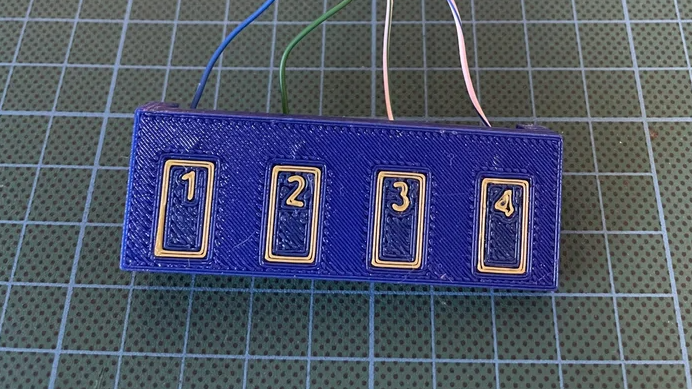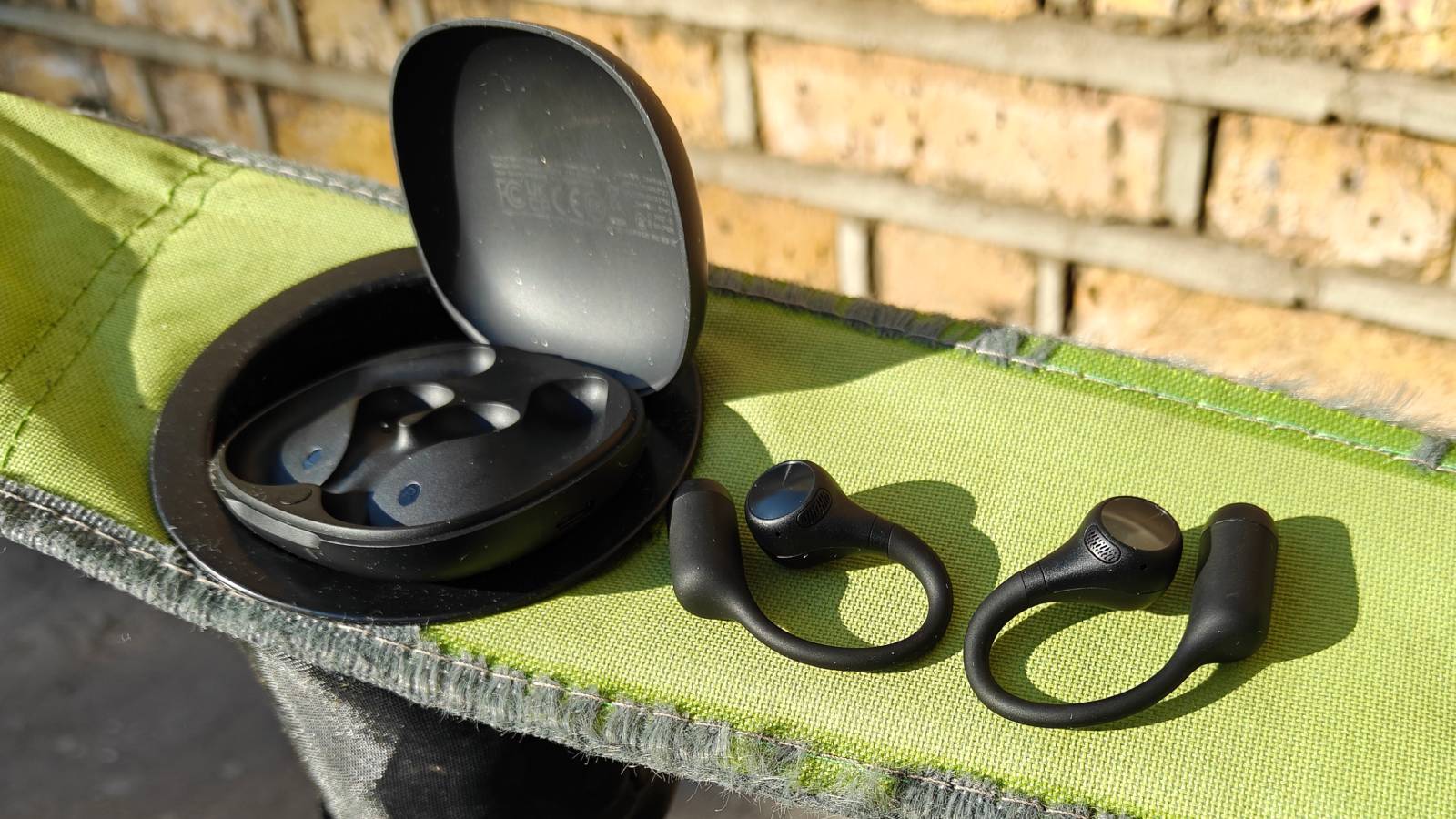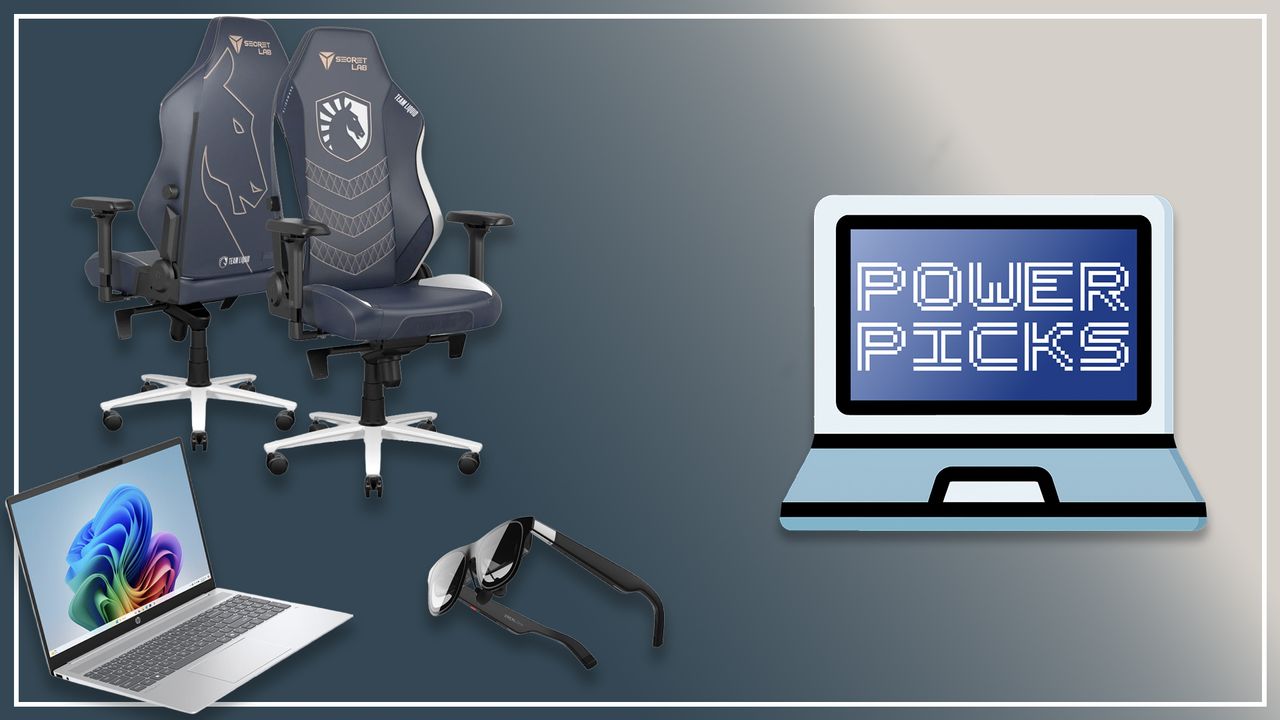Embed Touch Sensors in 3D Prints for Enhanced Interactivity

Innovators in the DIY community are exploring new ways to integrate technology into everyday objects, with a recent focus on embedding capacitive touch sensors directly into 3D prints. This approach, championed by maker John Phillips, allows for the seamless integration of touch-sensitive controls, enhancing the interactivity of printed items.
The concept revolves around incorporating touch buttons into 3D designs, making it possible to customize button locations and labels as part of the print itself. This technique is similar to embedding other hardware components, such as magnets or fasteners. By pausing the printing process at strategic moments, users can insert the required components before resuming the print.
Steps to Embed Capacitive Touch Sensors
Phillips offers practical advice for those interested in this innovative method. He recommends using strips of copper tape for each touch pad, embedding them near the surface of the print. His preferred technique involves placing the copper tape three layers deep, ensuring it is covered by approximately 0.6 mm of plastic when using a standard layer height of 0.20 mm. The adhesive on the tape not only creates a reliable conductive surface but also helps secure it in place as the printer continues its work.
Once the print is complete, Phillips suggests a straightforward method for connecting the touch sensor. Leaving a small hole above the copper tape allows for easy access to solder wires. Although the conditions for soldering might not be ideal, Phillips assures that minor melting on the backside of the print is manageable.
Software Considerations and Additional Techniques
On the software front, implementing capacitive touch sensors can be achieved using an Arduino library, which simplifies the coding process. Phillips has developed his own custom code for better functionality, inviting fellow makers to explore it for their projects.
This method of embedding touch sensors is reminiscent of an alternative technique that uses springs to achieve similar results. By leveraging these innovative strategies, DIY enthusiasts can transform their 3D prints into interactive devices, pushing the boundaries of traditional printing and creating new opportunities for creativity and functionality.
The integration of technology into 3D printing is gaining momentum, and initiatives like Phillips’ demonstrate the potential for more intuitive interfaces in everyday objects. As this field continues to evolve, the possibilities for enhanced interactivity are boundless, encouraging makers to think outside the box and experiment with their designs.






